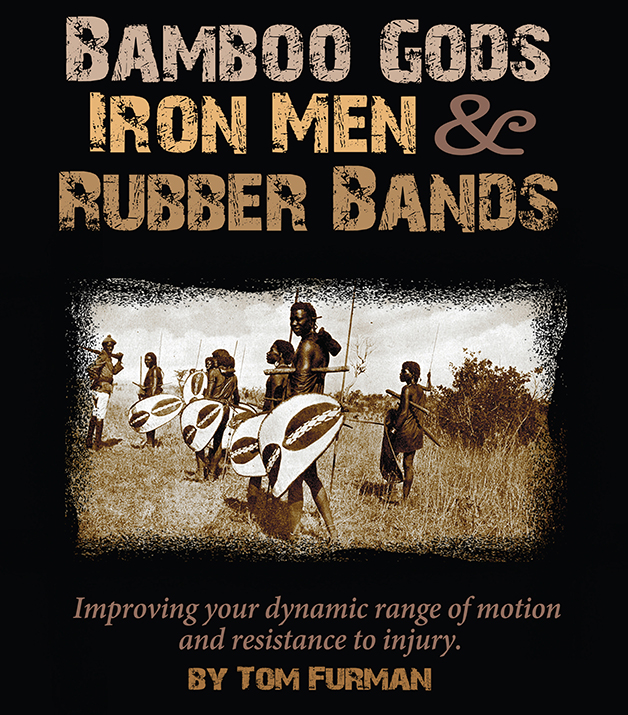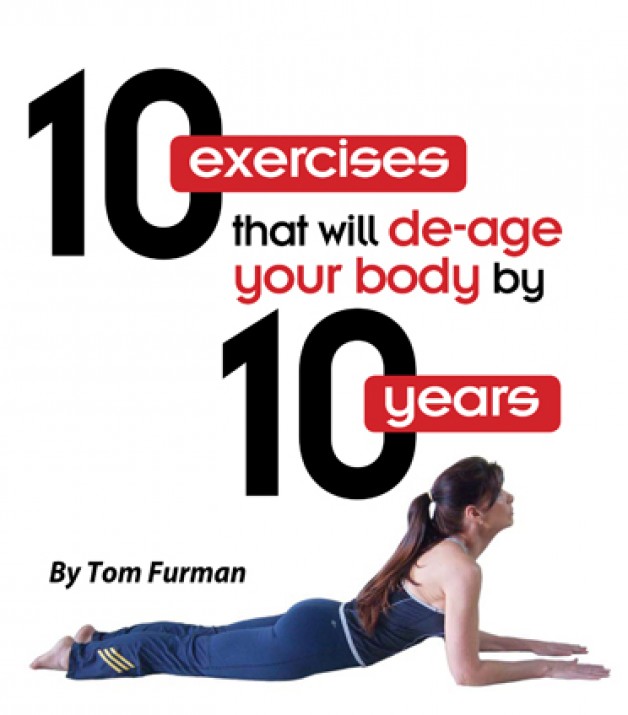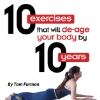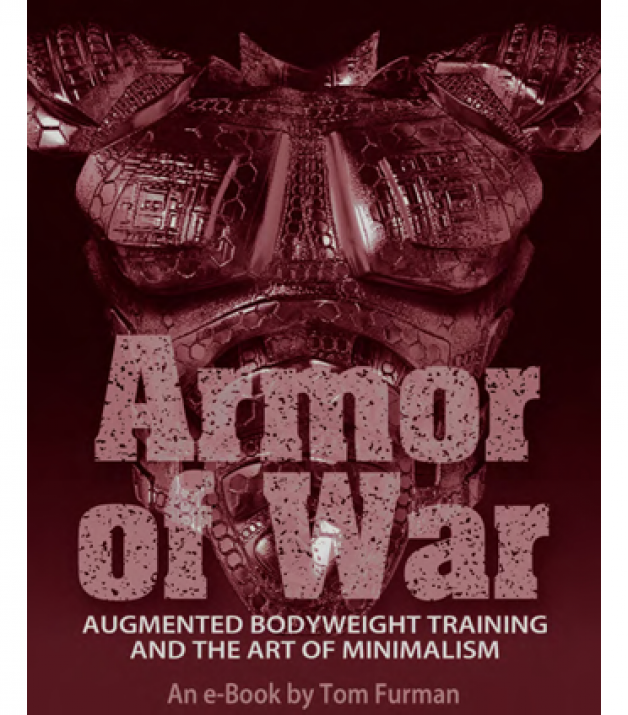
Effects of abdominal muscle coactivation on the externally preloaded trunk: variations in motor control and its effect on spine stability.Brown SH, Vera-Garcia FJ, McGill SM.
Department of Kinesiology, University of Waterloo, Waterloo, Ontario, Canada.
STUDY DESIGN: A repeated measures biomechanical analysis of the effects of abdominal bracing in preparation for a quick release of the loaded trunk. OBJECTIVES: To quantify the ability of individuals to abdominally brace the externally loaded trunk, and assess their success in achieving and enhancing appropriate spine stability. SUMMARY OF BACKGROUND DATA: Spine stability requires trunk muscle coactivation, which demands motor control skill that differs across people and situations. The quick release protocol may offer insight into the motor control scheme and subsequent effect on spine stability. METHODS: There were 10 individuals who sat, torso upright, in an apparatus designed to foster a neutral spine position. They were instructed to support a posteriorly directed load to the trunk in either their naturally chosen manner, or by activating the abdominal muscles to 10%, 20%, or 30% of maximum ability. The externally applied load was then quickly released, thereby unloading the participant. Muscle pre-activation patterns, spine stability, and kinematic measures of trunk stiffness were quantified. RESULTS: Participants were able to stabilize their spine effectively by supporting the load in a naturally selected manner. Conscious, voluntary overdriving of this natural pattern often resulted in unbalanced muscular activation schemes and corresponding decreases in stability levels. CONCLUSIONS: Individuals in an externally loaded state appear to select a natural muscular activation pattern appropriate to maintain spine stability sufficiently. Conscious adjustments in individual muscles around this natural level may actually decrease the stability margin of safety.











SO, is a ‘natural muscular activation pattern’ bracing or pulling the navel in?
Let’s keep guessing. Refer to “Ultimate Pilates” for an intense discussion. Amazon has it.
This would assume that the persons nervous system is clear and firing optimally right?
I will need to read the whole paper and selection criteria to clarify.
Either way thanks Tom.